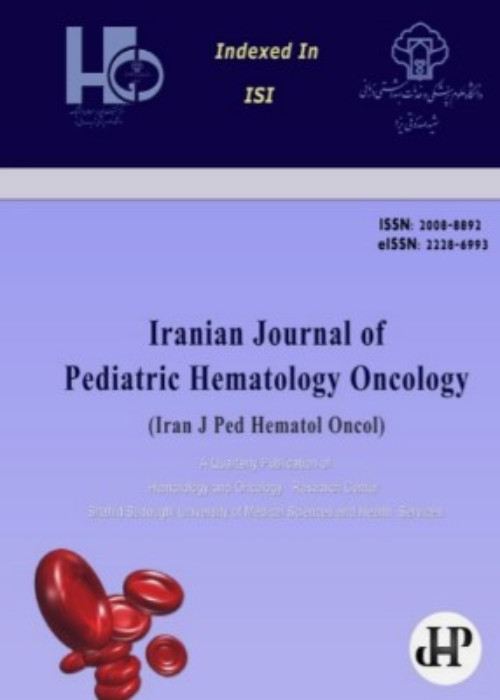The spectrum of Alpha and Beta Thalassemia Mutations: A 10-year Population-based Study of the Premarital Health Screening Program in West of Iran
In various cancers, Ganoderic Acid A (GAA), an active triterpenoid derived from Ganoderma
Thalassemia refers to a category of inherited disorders resulting from defects in synthesizing one or several chains of hemoglobin (Hb). The present study aimed to determine the frequency of alpha and beta-thalassemia mutations in Kurdistan province, Iran.
In this retrospective cross-sectional study, the laboratory data of 340 patients with thalassemia (170 females and 170 males), who were candidates for genetic testing in Kurdistan province, were examined over ten years (2006-2016). The participants were Kurd couples selected from the premarital health screening program.
In this demographic study, 20 beta mutations and nine alpha mutations were identified. Among the beta-thalassemia mutations, intervening sequence or intron No. 2- first nucleotide change as splice site mutation (IVS-II-1) (26.1%), codons 8/9 (14.8%), and intervening sequence or intron No. 1- first nucleotide (IVS-I-1) (12.2%) change as splice site mutation), had the highest frequency rates, respectively, constituting 53% of the beta mutations. In addition, α3.7(82.7%), -α4.2(8.3%), and --MED (Mediterranean deletion) (3.75%) were the most frequent alpha mutations, which constituted more than 90% of the alpha mutations.
According to the results, the most frequent mutations in the HBB gene are IVS-II-1, Codons 8/9, and IVS-I-1, and in the HBA gene are α3.7, -α4.2, and –MED in Kurdistan province. In addition, the role of race and ethnicity as significant, influential factors in thalassemia was observable in the findings. The obtained results also indicated the communication pattern between the studied region's populations. Identifying common thalassemia mutations in an area could greatly benefit the early detection of thalassemia carriers in genetic laboratories and enhance thalassemia prevention programs.
- حق عضویت دریافتی صرف حمایت از نشریات عضو و نگهداری، تکمیل و توسعه مگیران میشود.
- پرداخت حق اشتراک و دانلود مقالات اجازه بازنشر آن در سایر رسانههای چاپی و دیجیتال را به کاربر نمیدهد.



